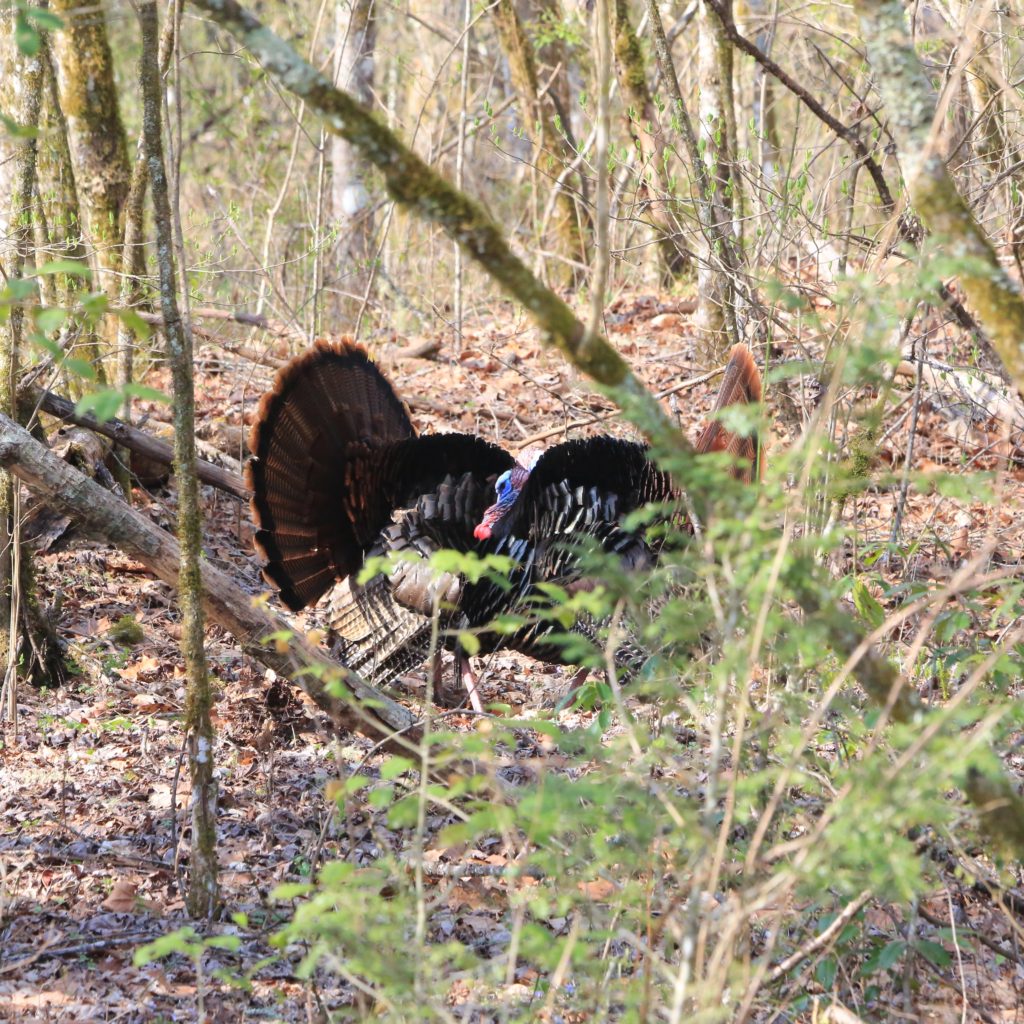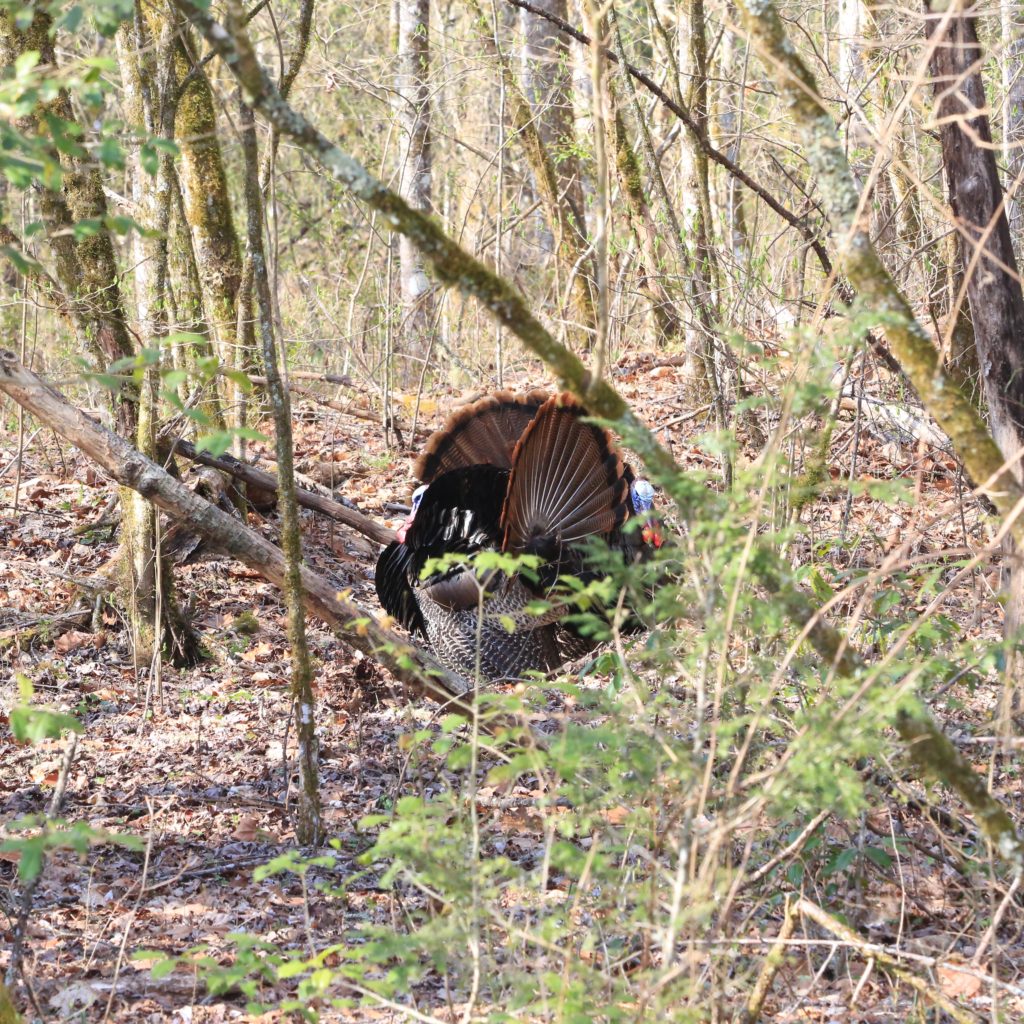
Bird Watching at Hot Springs National Park
Share
Hot Springs National Park, initially known as the Hot Springs Reservation, is considered to be the first national park in the United States, and of the world. The park, situated in central Garland County, Arkansas, has a rich history and cultural correlation that makes it stand out from the rest. Although smaller than other national parks, it stands as an icon for healing and was recognized as the "American Spa" of the 20th century. The reserve gradually grew into a tiny yet charming spa town. Naturally, the park’s and the town’s history is closet related.
Besides the impressive architecture of the nine bathhouses that is the central theme of the park, the natural wonders match the opulent "spa". Hot Springs National Park features ancient thermal springs, mountain views, extraordinary geology, forested hikes, and several creeks, right in the middle of town.
Major Attractions at Hot Springs National Park
Hot Springs is the only national park to include an urban street decorated with historically significant stone buildings, the Bathhouse Row. The park includes sections of the town’s downtown, labeling it as one of the most accessible national parks. Hot Springs Park is known for its thermal pools with water temperatures reaching as high as 143°F. The landscape offered is mostly rugged mountain slopes, creeks, valleys, and old-growth forests that are ideal for a rich ecosystem of animals, plants, and birds.
One of the main attractions, the Fordyce Bathhouse, attracts many people to visit the national park each year. The eight historic buildings, Bathhouse Row, and the Grand Promenade, a pathway routing a park-like landscape, are appreciated for their architectural marvel. There are several campsites and hiking trails in the Hot Springs Mountain and North Mountain areas. Aside from the usual park-themed outdoor activities like birdwatching, relaxing massages and hot water baths are quite popular while visiting Hot Springs National Park.
GET KIDS BIRD WATCHING
Bird Watching at Hot Springs National Park
The comfortable climate and forested habitats presented by Hot Springs National Park welcome many bird species. Birding is possible throughout the year however the species changes with the spring and fall migration patterns.
Each year, through the contribution of citizen scientists, an annual Christmas Bird Count takes place. The collected data is computed by the Hot Springs National Park, the local chapters of the National Audubon Society, and the City of Hot Springs to assess the current population and conservation status. Last year the count reached approximately 9,000 birds from 113 separate species. Hot Springs has also tied for the highest species diversity in the state.
The Hot Springs ecosystem supports a variety of songbirds, Wild Turkeys, and Raptors among other types. Some of the commonly spotted species include the Great Blue Heron, Golden Eagle, Red-tailed Hawk, American Kestrel, Ruby-throated Hummingbird, Greater Roadrunner, and Great Horned Owl, as well as numerous Woodpeckers, Warblers, and Vireos.
The Grand Promenade behind the Bathhouse Row is one of the best places for birdwatching the many species of birds that nest in both the deciduous and evergreen trees and shrubs. Hiking down the West Mountain trails in the early morning is another way for bird watching in Hot Springs National Park.
10 Birds to See at Big Bend National Park
Wild Turkey
Wild Turkeys are large birds with long legs and small heads. They are found throughout North America. Their population at one time was in great decline, but has recovered and is not at risk of endangerment. They usually live in mature forests, along roads, or in wooded backyards. They travel in flocks and roam the ground looking for nuts, insects, and berries. Wild Turkeys usually look for food in the early morning hours. They lay 10 to 15 eggs and make their nests on the ground at the base of trees. They are not migratory birds.
Red-tailed Hawk
Red-tailed Hawks have wide, round wings, and a short red tail. They are the most common Hawks and are found all throughout North America. Their population is steady with some recent increases. They live in open fields, prairie groves, and mountains. They perch up high to look for their prey. Red-tailed Hawks eat small animals like rabbits and voles. They lay 2 to 3 eggs in nests 120 feet high in trees. Their nests are made with sticks and shaped like a big bowl. Red-tailed Hawks residing in the north migrate south; however, those already in the south are permanent residents.
American Kestrel
American Kestrels are very colorful. They have a blue-gray head, with rusty-red wings, back, and tail. They can be found throughout North America. Their population in the north has declined by a small amount, but everywhere else their population is steady. They make their homes in open country, farmlands, and wood edges. American Kestrels are the smallest falcon in North America. They can be found on wires or poles hunting for food. American Kestrels mostly eat large insects and some small mammals. They lay 4 to 6 eggs and build their nests in dead trees, cliffs, or dirt banks. American Kestrels found in the north migrate to the south; all others are permanent residents.
Ruby-throated Hummingbird
Ruby-throated Hummingbirds are bright green birds with ruby red throats. They are found throughout eastern North America. These Hummingbirds are not endangered. They make their homes in gardens and near the edge of the woods. Ruby-throated Hummingbirds enjoy flowering gardens and woodlands so they can get nectar. They will also eat small insects. Ruby-throated Hummingbirds beat their wings about 53 times a second! They build and camouflage their nests in trees and lay 2 eggs. Almost all the Ruby-throated Hummingbirds migrate south to Mexico and Central America in the fall.













































































